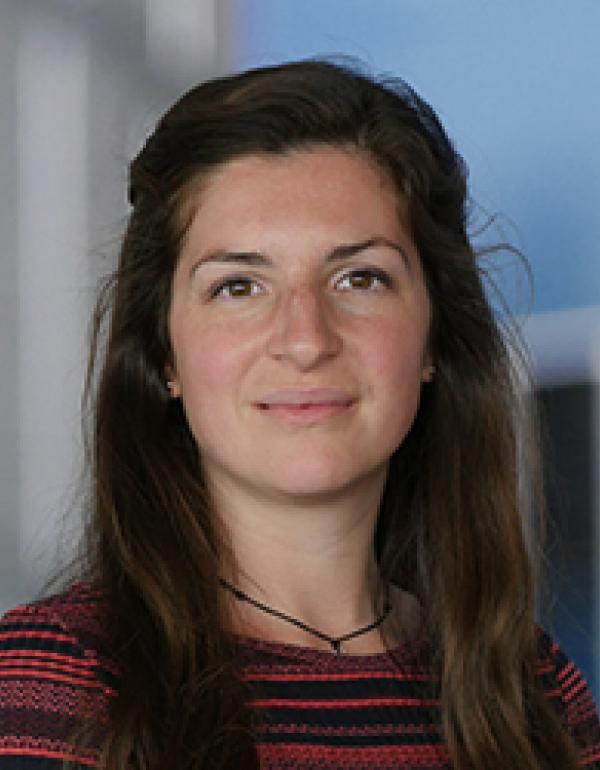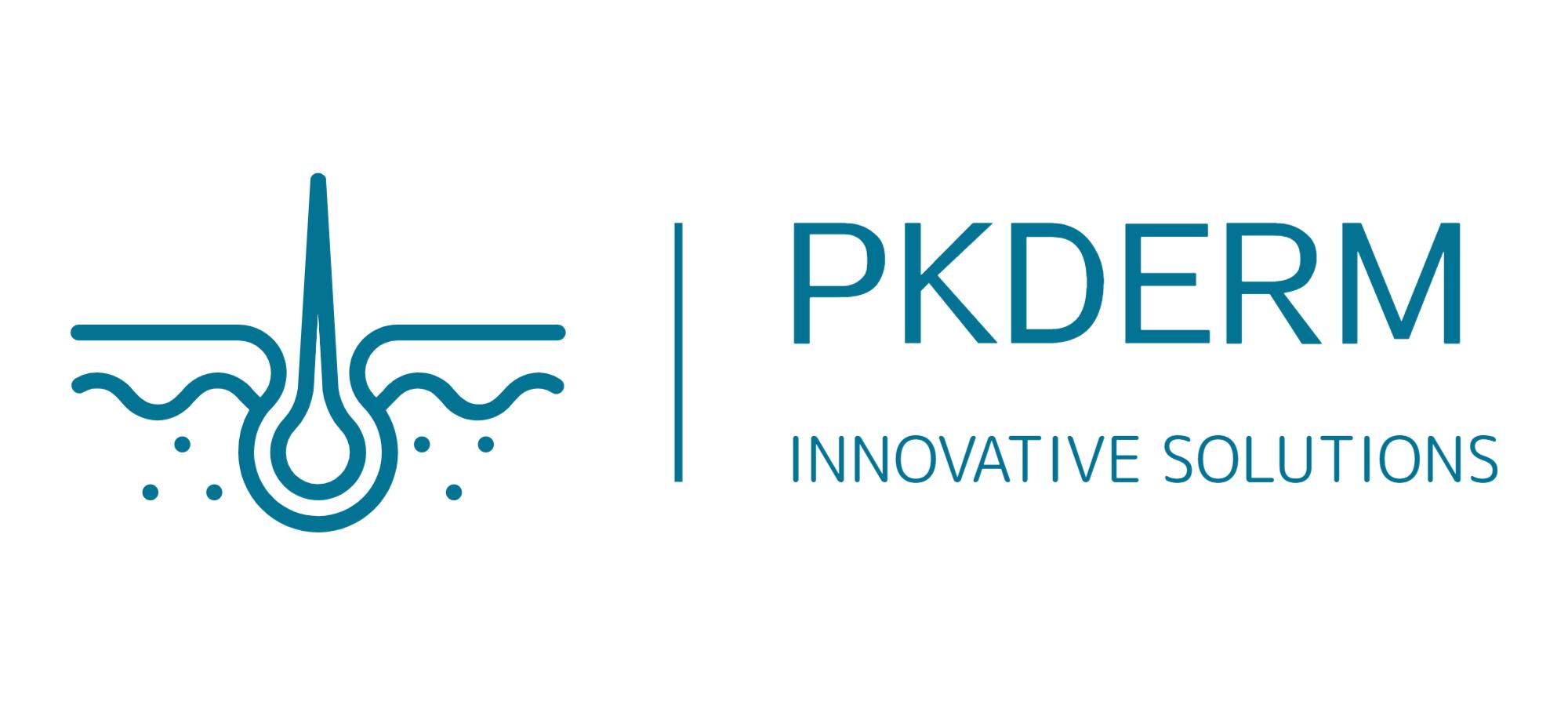
OpenTox Virtual Conference 2021 Session 7
The human hepatocyte TXG-MAPr: gene co-expression network modules to support mechanism-based risk assessment
Authors: Giulia Callegaro1, Steven J. Kunnen1, Panuwat Trairatphisan2,3, Solène Grosdidier4, Marije Niemeijer1, Wouter den Hollander1, Emre Guney5, Janet Piñero Gonzalez5, Laura Furlong5, Yue W. Webster6, Julio Saez-Rodriguez2, Jeffrey J. Sutherland6, Jennifer Mollon3, James L. Stevens1,6 **, Bob van de Water1,**
- Leiden Academic Centre for Drug Research, Leiden University, Leiden, The Netherlands
- Faculty of Medicine, Heidelberg University, Heidelberg University Hospital, Institute for Computational Biomedicine, BioQuant 69120 Heidelberg, Germany.
- AbbVie Deutschland GmbH & Co KG, Ludwigshafen, Germany
- Erasmus Medical Centre, Rotterdam, The Netherlands.
- Hospital del Mar Research Institute (IMIM), Pompeu Fabra University (UPF), Barcelona, Spain 6 Lilly Research Laboratories, Eli Lilly and Company, Indianapolis, IN, United States
Mechanism-based risk assessment is urged to advance and fully permeate into current safety assessment practices, possibly at early phases of drug safety testing. Toxicogenomics is a promising source of mechanisms-revealing data, but interpretative analysis tools specific for the testing systems (e.g. hepatocytes) are lacking. In this study, we present the TXG-MAPr webtool (available at https://txg-mapr.eu/WGCNA_PHH/TGGATEs_PHH/), an R-Shiny-based implementation of weighted gene co-expression network analysis(WGCNA) obtained from the Primary Human Hepatocytes (PHH) TG-GATEs dataset. The 398 gene co-expression networks (modules) were annotated with functional information (pathway enrichment, transcription factor) to reveal their mechanistic interpretation. Several well-known stress response pathways were captured in the modules, were perturbed by specific stressors, and showed preservation in rat systems (rat primary hepatocytes and rat in vivo liver), with the exception of DNA damage and oxidative stress responses. A subset of 87 well-annotated and preserved modules was used to evaluate mechanisms of toxicity of endoplasmic reticulum (ER) stress and oxidative stress inducers, including cyclosporine A, tunicamycin, and acetaminophen. Additionally, module responses can be calculated from external datasets obtained with different hepatocyte cells and platforms, including targeted RNA-seq data, therefore imputing biological responses from a limited gene set. As another application, donors’ sensitivity towards tunicamycin was investigated with the TXG-MAPr, identifying higher basal levels of intrinsic immune response in donors with pre-existing liver pathology. In conclusion, we demonstrated that gene co-expression analysis coupled to an interactive visualization environment, the TXG-MAPr, is a promising approach to achieve a mechanistic relevant, cross-species, and cross-platform evaluation of toxicogenomic data.
CV: Giulia Callegaro is a postdoctoral researcher at the Leiden Academic Center for Drug Discovery in Leiden University (Netherlands). Passionate about toxicology and 3Rs from the start of her career, she obtained her Bsc and Msc degrees in Environmental Sciences and the PhD in Biology at the University of Milano-Bicocca (Italy), working on a project aiming at improving the prediction of the carcinogenic potential of environmental chemicals by developing in vitro carcinogenicity assays. After her PhD she moved to Leiden where she works as postdoctoral researcherin Bob van de Water’s lab and collaborates to multiple international projects (eTRANSAFE, TransQST, EUToxRisk). She is currently interested in mechanistic understanding of Drug Induced Liver Injuries, while providing a context for the translation of such knowledge into different test organisms and humans. To do so, she primarily applies network analyses to omics data and develops tools to foster the usage of omics data into risk assessment practice.Giulia is also one of the organizers of the Leiden University Postdoc Association, where she organizes events and promotesthe community building.


